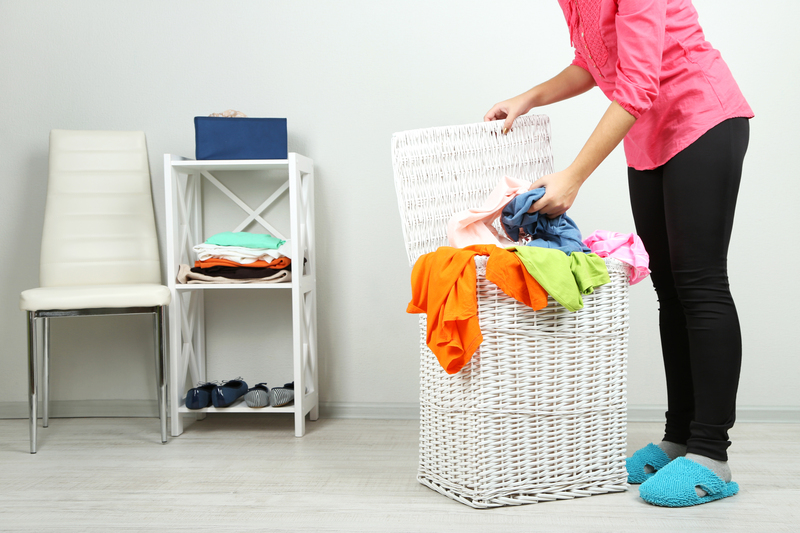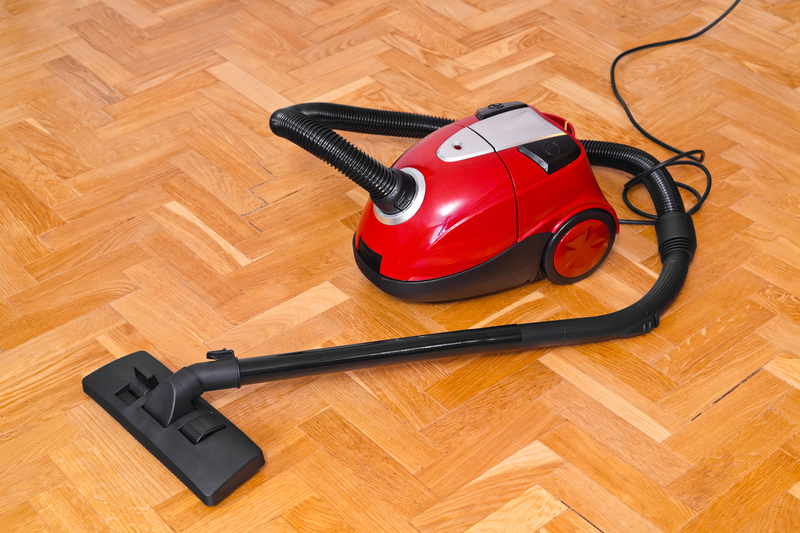Jewelry Sanitizing Tips
Posted on 03/06/2025
In our daily lives, jewelry often becomes an extension of ourselves, worn as a reflection of personal style or to signify important life events. However, one of the overlooked aspects of owning and wearing jewelry is its cleanliness. The intricate designs and materials can house germs, bacteria, and dirt, which can lead to skin infections or allergies. This is why understanding and applying proper jewelry sanitizing tips is crucial.
Basic Cleaning Supplies
Before diving into the sanitizing process, gather some basic cleaning supplies:
1. Mild liquid soap
2. Soft-bristled brush
3. Warm water
4. Clean, lint-free cloth
5. Rubbing alcohol or hydrogen peroxide (3%)

General Cleaning Tips
1. Regular Cleaning: Make it a habit to clean your jewelry regularly. Aim for at least once a week to prevent buildup of dirt and grease.
2. Avoid Harsh Chemicals: Jewelry is often made from delicate materials. Avoid using bleach, ammonia, or any harsh chemicals which may tarnish or damage your pieces.
3. Soft Brushes: Use a soft-bristled brush, such as a toothbrush, to gently scrub the jewelry. This helps remove grime without scratching the surface.
Sanitizing Different Types of Jewelry
Different types of jewelry require different sanitizing techniques. Here are some tips for various materials:
Gold and Platinum
- Soap and Water: Mix mild soap with warm water. Soak the jewelry for a few minutes, then use a soft-bristled brush to clean it.
- Rubbing Alcohol: Soak a cotton ball in rubbing alcohol and gently wipe down the pieces. Rinse with warm water and dry with a clean cloth.
Silver
- Mild Soap Solution: Soak the silver jewelry in a solution of mild soap and warm water.
- Baking Soda Paste: For tarnished pieces, create a paste using baking soda and water. Apply this paste gently and then rinse thoroughly.
Diamond
- Ammonia Solution: For diamonds and other hard gemstones, a mixture of ammonia and water can be effective. Soak for a few minutes and then scrub gently.
- Steam Cleaning: If you have access to a steam cleaner, it can be an excellent way to sanitize diamonds without harmful chemicals.
Pearls
- Mild Soap and Water: Pearls are delicate. Use a very mild soap solution.
- Soft Cloth: Wipe pearls with a damp cloth and dry immediately. Avoid soaking them as this can weaken the string.
Extra Sanitizing Tips
1. Ultrasonic Cleaners: These devices use high-frequency sound waves to clean jewelry effectively. However, not all jewelry types are suitable for ultrasonic cleaning. Check manufacturer guidelines before using.
2. Regular Inspections: Inspect your jewelry regularly for loose stones or damaged clasps, which can harbor bacteria.
3. Storage: Store cleaned jewelry in a dry, lint-free cloth or a jewelry box to prevent recontamination.
Pros and Cons of Jewelry Sanitizing
Pros
1. Reduces Allergies and Infections: Regular cleaning removes allergens and bacteria.
2. Prolongs Lifespan: Proper maintenance can increase the longevity of your jewelry.
3. Maintains Appearance: Cleaned jewelry looks as good as new.
Cons
1. Time-Consuming: Regular cleaning can be time-intensive.
2. Risk of Damage: Improper cleaning methods can damage delicate pieces.

Key Takeaways
- Jewelry should be cleaned regularly using appropriate methods.
- Avoid harsh chemicals and always opt for mild soap solutions.
- Tailor your cleaning technique to the type of jewelry for best results.
- Store jewelry properly after cleaning to maintain its cleanliness.
Conclusion
Maintaining clean and sanitized jewelry is not merely about aesthetics; it's also crucial for your health. By adopting these jewelry sanitizing tips, you can ensure your cherished pieces remain as dazzling as the day you got them. With the proper care, your jewelry will not only look great but also be safe to wear. Make jewelry sanitizing a regular part of your routine to enjoy both beauty and hygiene.




